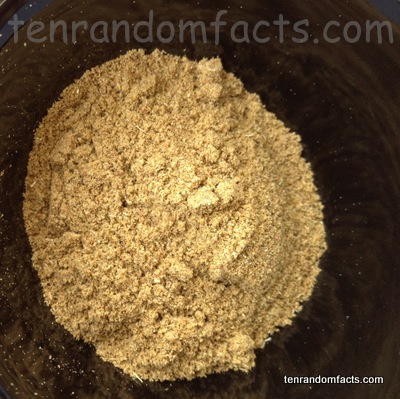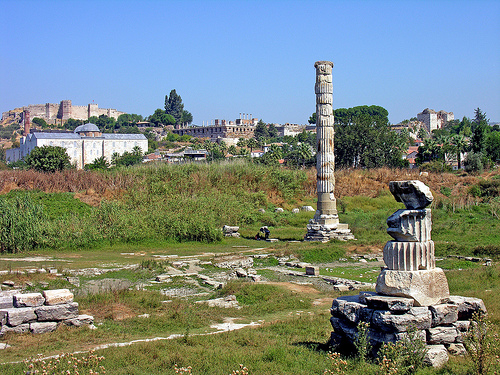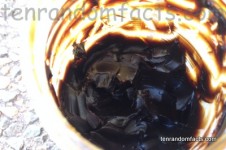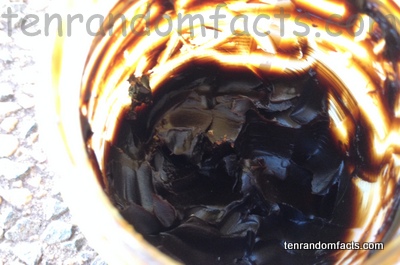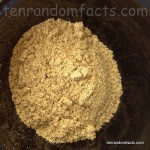
Cumin: a humble little spice that will improve your cuisine.
- Cumin is a historical spice that comes from a plant of the same name, native to parts of the Mediterranean, Middle East and India, which is from the family Apiaceae, the family of carrot and parsley.
- ‘Cumin’ is also known as ‘cummin’, ‘jeera’, and ‘jira’, and the plant’s scientific name is Cuminum cyminum.
- Cumin seeds are ridged and are a yellow-brown colour, 3 to 6 mm (0.1 to 0.23 inches) long, which are visually similar to caraway seeds, and they have a peppery, earthy and citrus flavour.
- What is known as black cumin, comes from a different, but related plant known as Bunium bulbocastanum, or the unrelated plant, Nigella sativa, both of which have a different flavour.
- Cumin was used in mummification processes in Ancient Egypt, and in the Middle Ages, cumin was used to symbolise love and faithfulness.
- Approximately 70% of the world’s cumin (270,000 tonnes or 300,000 tons per year) is produced in India, and is also the main exporter of the spice, although the country also uses all but 10% of what it produces.
- Cumin seeds are used mainly as a spice, either grounded or whole, in soups, gravies, pickles, bread products, and spice mixes, especially curry powder, as well as bird food.
- Cumin has been used for medicinal purposes, and is sometimes used to treat muscle cramps and problems in the digestive system, such as vomiting and appetite loss.
- Cumin has a relatively high content of iron and is a good source of manganese, calcium, vitamin B1 and phosphorus.
- Cumin was historically very popular among the Greeks and Romans, due to it being a good replacement of pepper that was expensive at the time.
Bibliography:
Cumin, 2014, Wikipedia, http://en.wikipedia.org/wiki/Cumin
Cumin seeds, 2014, The World’s Healthiest Foods, http://www.whfoods.com/genpage.php?tname=foodspice&dbid=91




